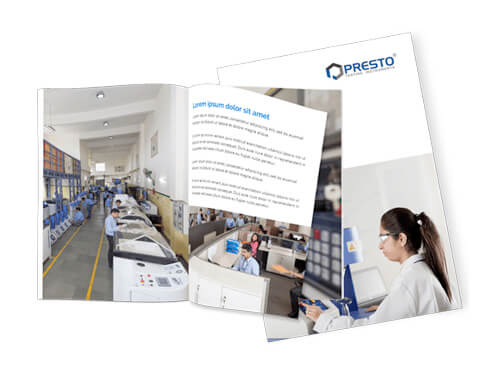Why Automotive Industry Focus on Thickness Gauging?

Automotive industry work strictly with industry standards. And, it is not a very big deal for an automobile manufacturer to reject a consignment due to specifications matching failure. This industry works strictly in accordance with standards. At the time of assemble, there is minimum human interference. Computers and high-end machineries do the job. If there is any unevenness in the components, there would be errors in the whole assembly line. Any stoppage in the system would lead to loss of huge money. To avoid such situations, manufacturers stress on procuring components as per specifications.
Why thickness measurement is important?
Every inch matters. Any discrepancy in the automotive components may lead to the failure. Thickness gauges play an important role in maintaining the quality. Features, on which manufacturers boast in their marketing campaign, must deliver high performance. Take example of air bags, they are designed to inflate during a collision. There is a whole air bag module assembled in the car. Now, to attract more buyers, back seat air bags are also provided by manufacturer. These modules have a sensor to detect the impact of the collision. When the impact is more than the threshold, it triggers the system to inflate the bag within 40 milliseconds of the impact.
This airbag is packed inside the module with thin grooves which bursts after the trigger. Now imagine, if these grooves are not aptly measured, they might not tear when inflation of bag is required. Thus, leading to the failure of the product. On the other hand, if these grooves are too thin, they might tear with minor impact sensation, again leading to the product failure. As airbag module cost a lot, repeated unwanted inflating might increase the maintenance cost of the car. This is why, thickness gauges are becoming inseparable parts of automotive industry.
What is Magna Mike 8600?
Magna Mike 8600 is a trademark product of Olympus and Presto is the authorized dealer. It allows the operator to perform the gauging without any destruction of the sample. Which means, testing can be easily on final products in pass/ fail format. It works on the principle of hall effect. It produces a potential difference due to chance in magnetic field applied transverse to the electric field. It has a magnetic probe and a target ball which remains in sync due to magnetic field. The probe and ball remains on the either side of the surface. A hall effect sensor calculates the distance between the probe and target ball. The calculation is displayed on the screen in human readable format.
you may also like
- Simulate Transition Hazards For Hassle-free Transit with the Vibration Table
- Evaluate the Surface Quality of Printed Materials with the Scuff Resistance Tester
- Perform Conditioning Procedures over variable materials with the Humidity Conditioning Chamber
- Safeguard Sensitive Products from Repetitive Movement by the Vibration Table
- Eliminate Excessive Moisture by Measuring It with the Moisture Meter
Recent News
- Paper & Packaging Testing Instruments
- Paint, Plating & Coating Testing Instruments
- Plastic & Polymer Testing Instruments
- Environmental Testing Chambers
- PET & Preform Testing Instruments
- Color Measuring Testing Instruments
- View Entire Range Instruments

Catalogue 2023
Get information about new product launches, research, innovation and endeavors at Presto.
download Free Copy
Quick quote

.jpg)
